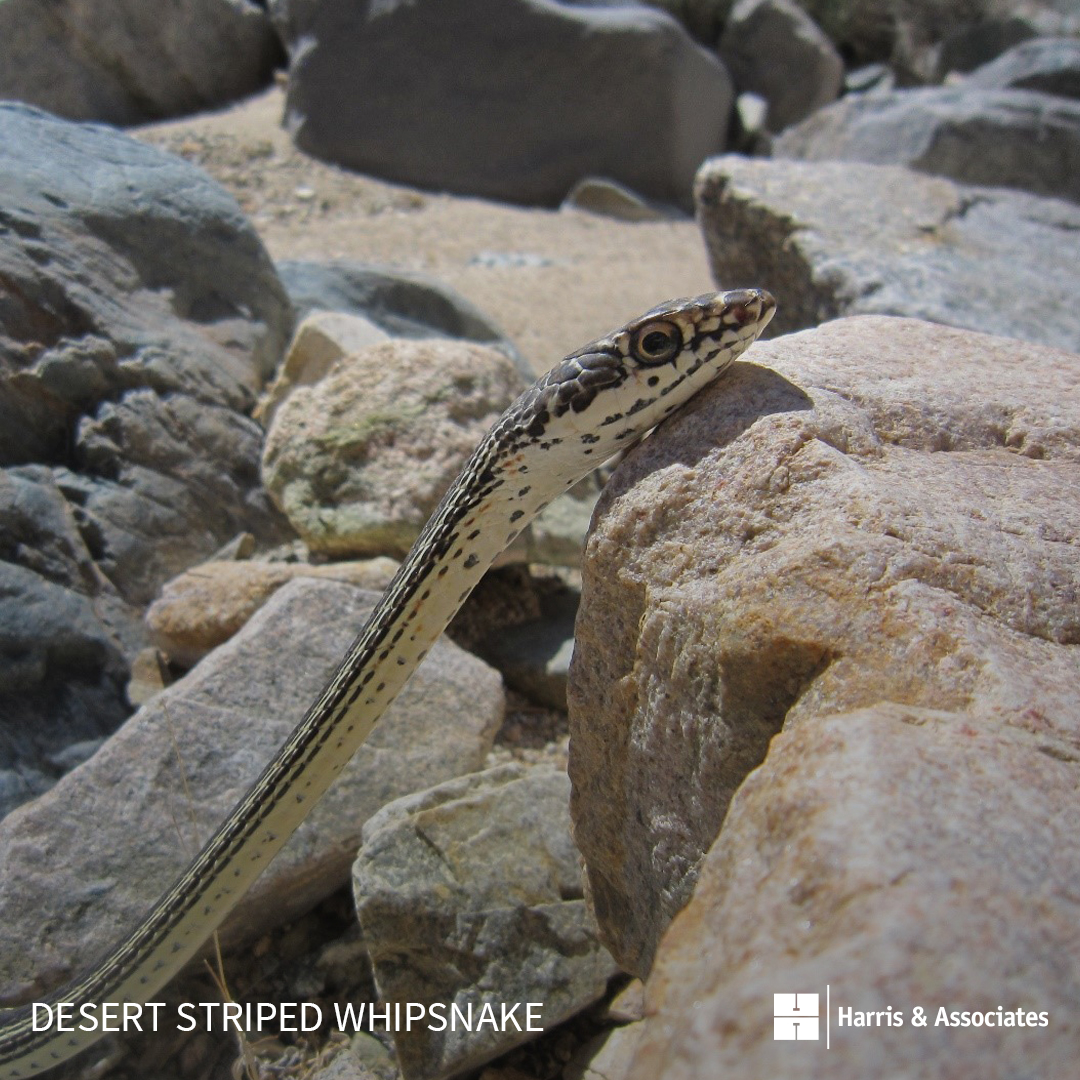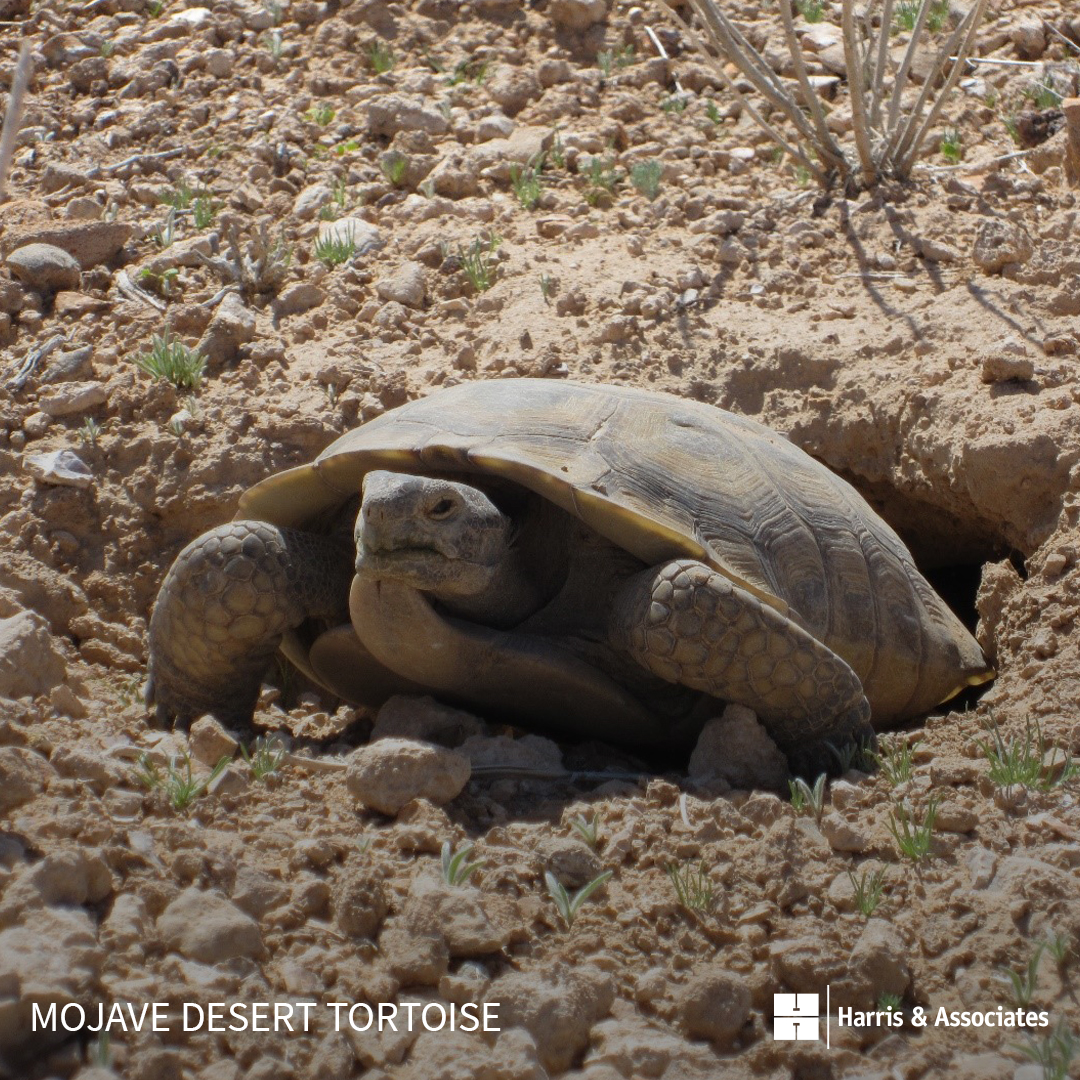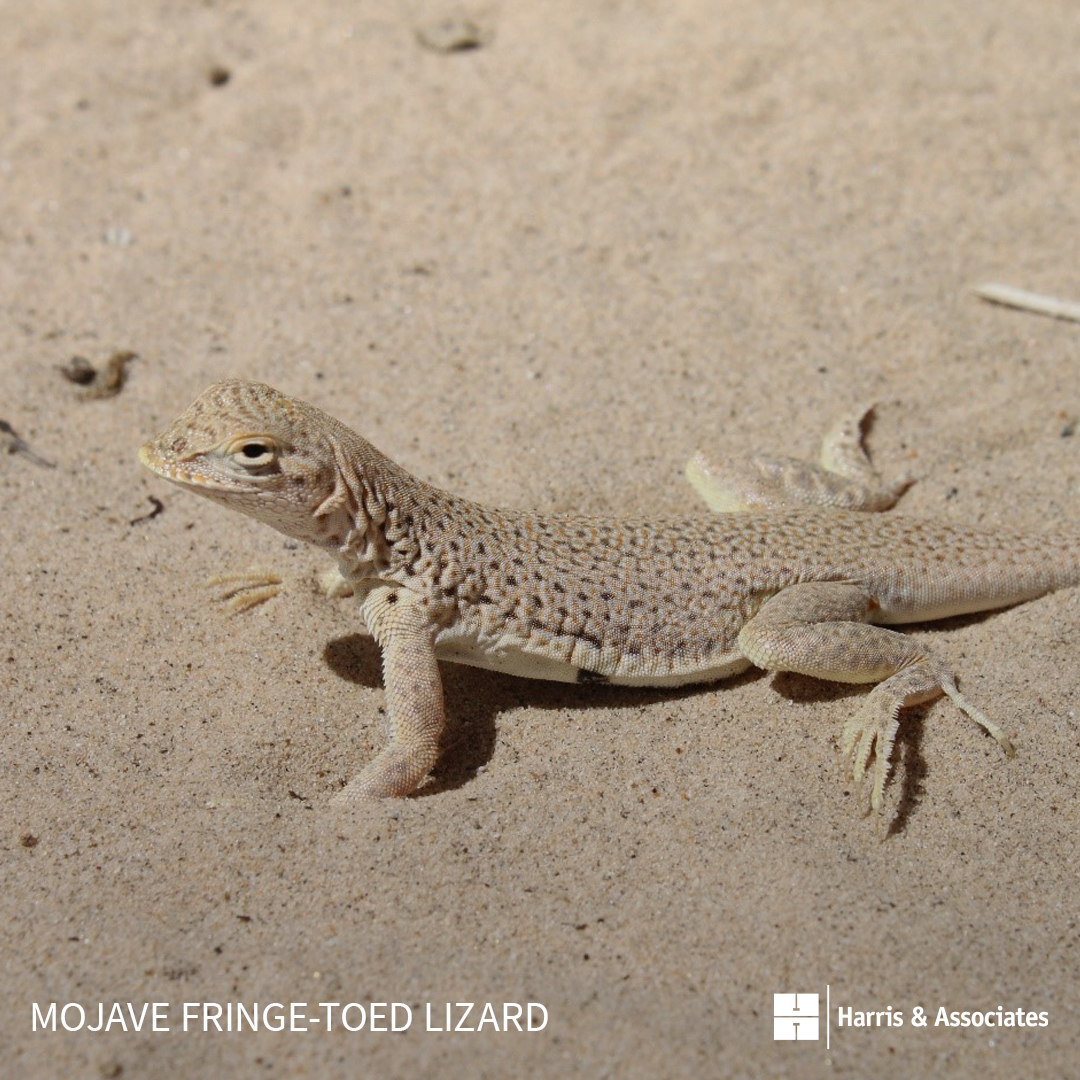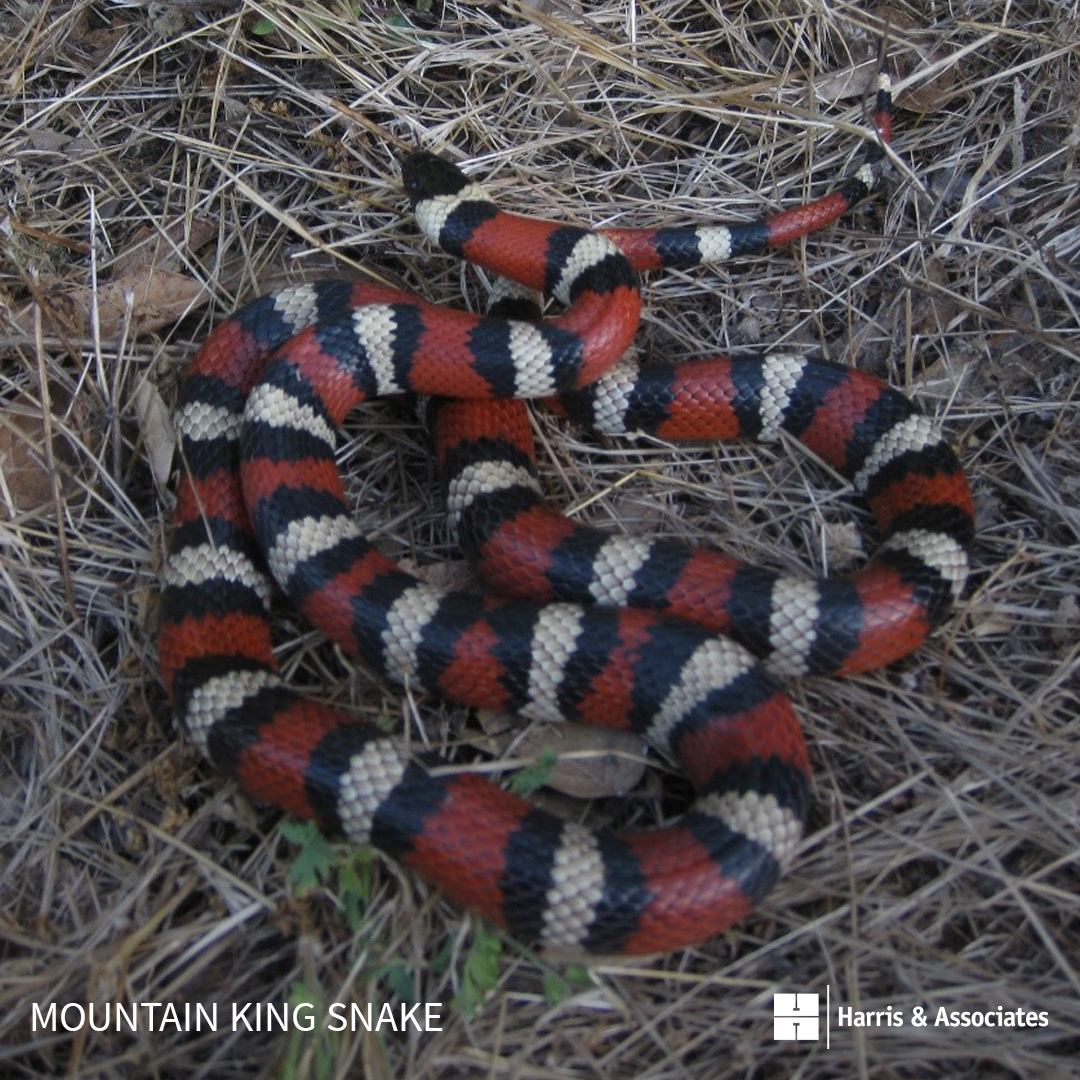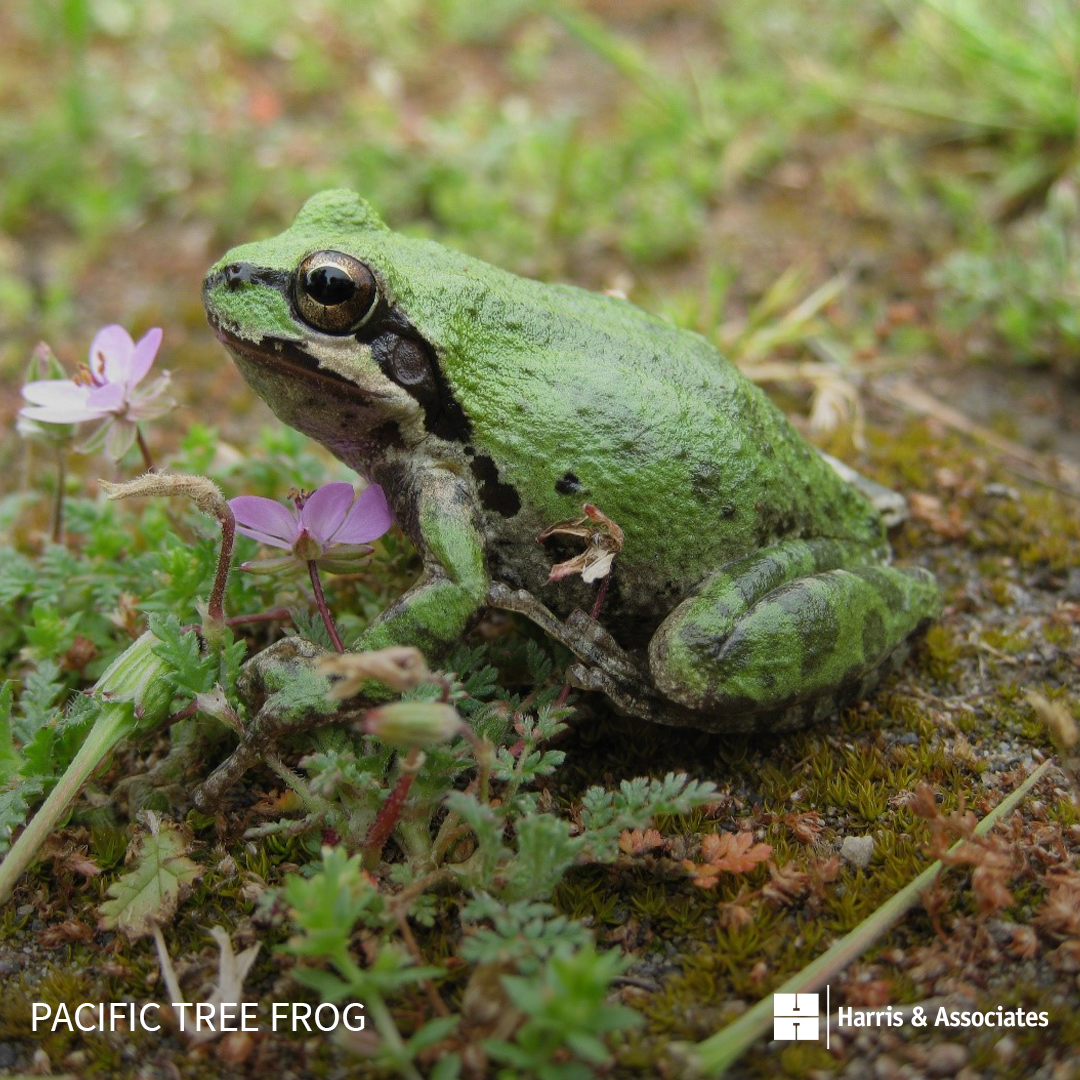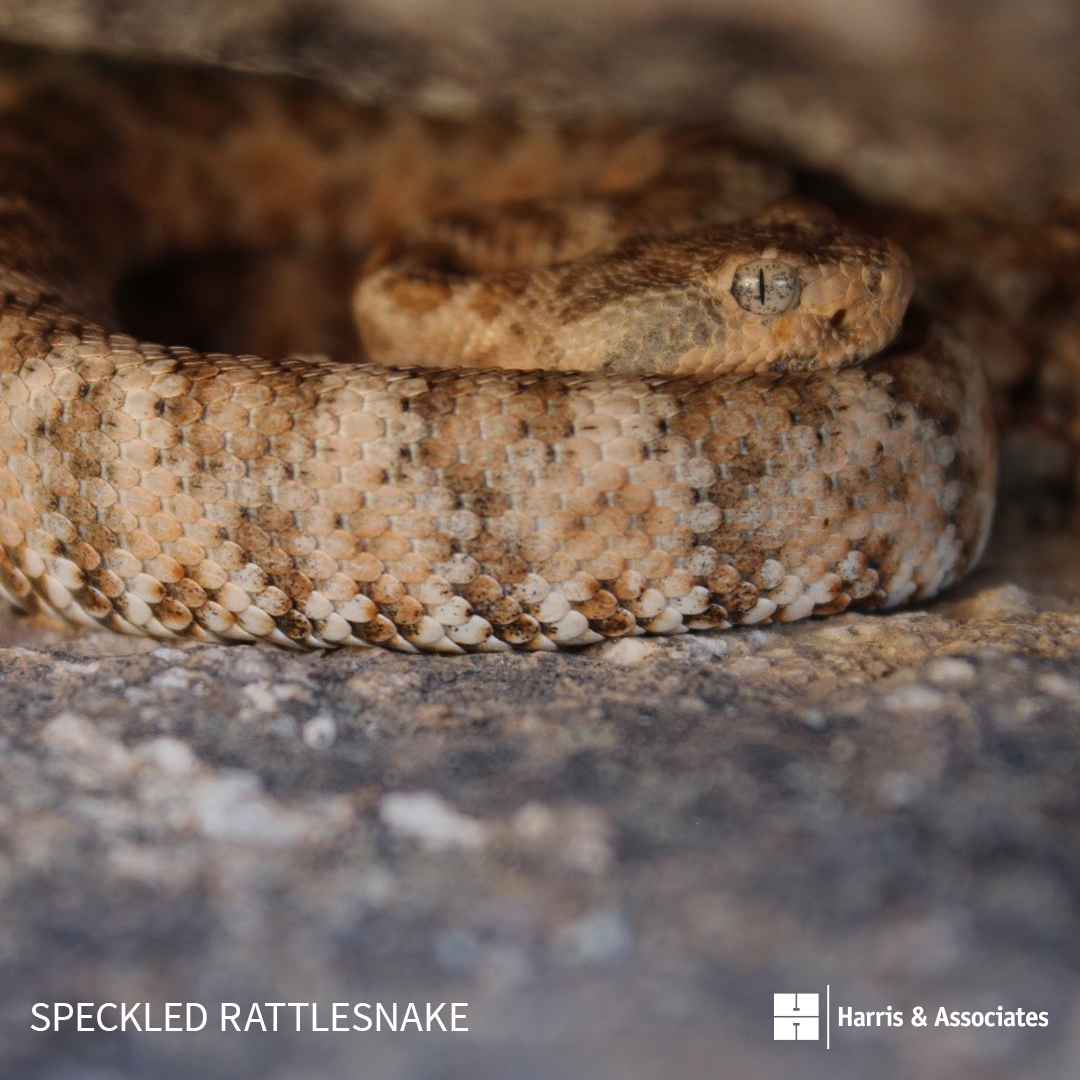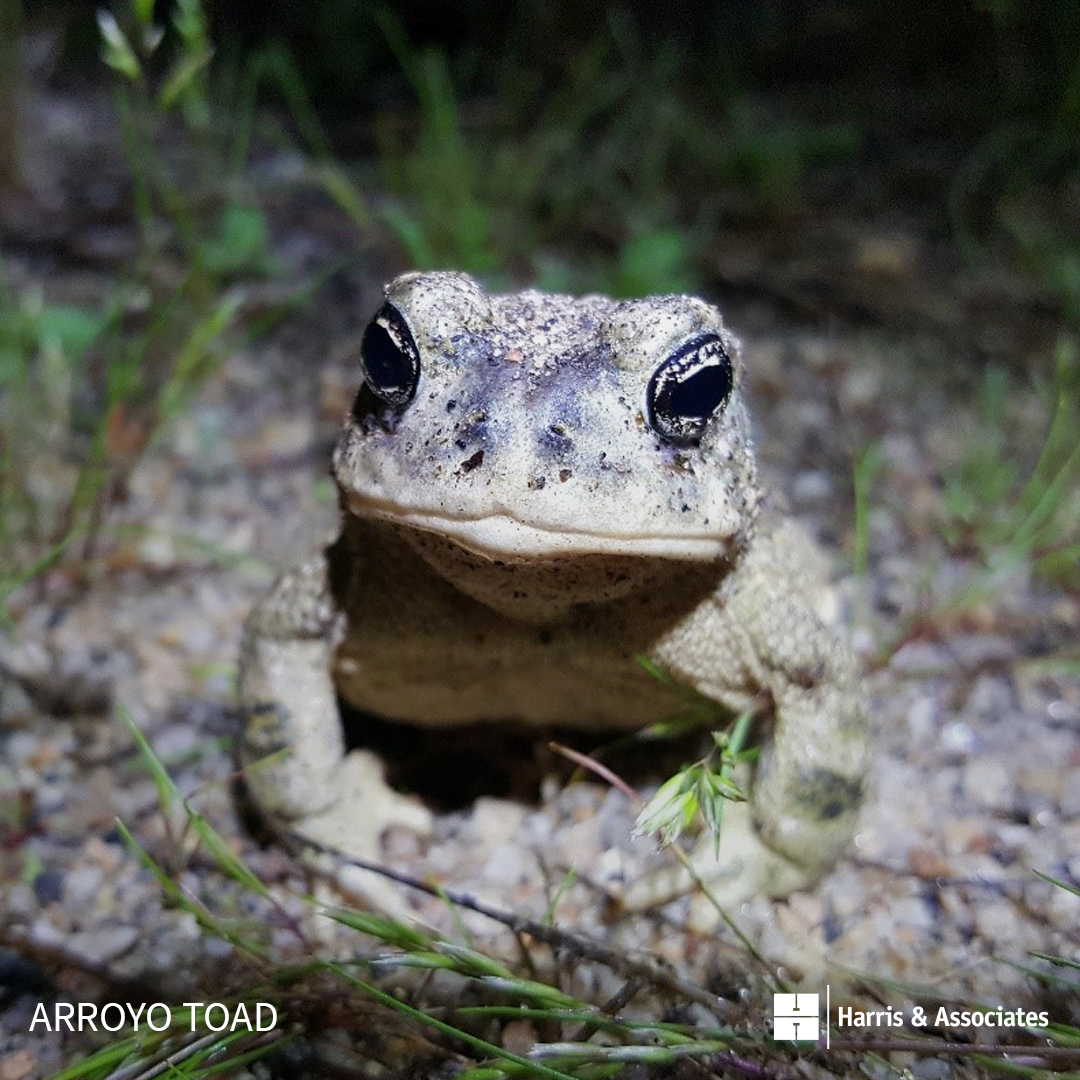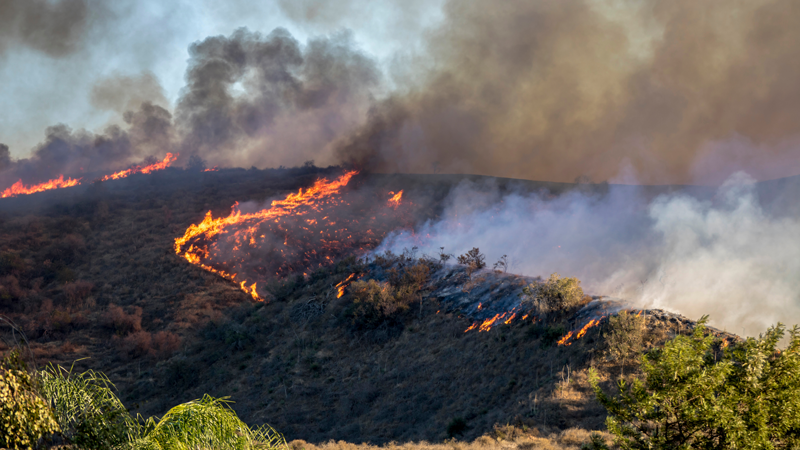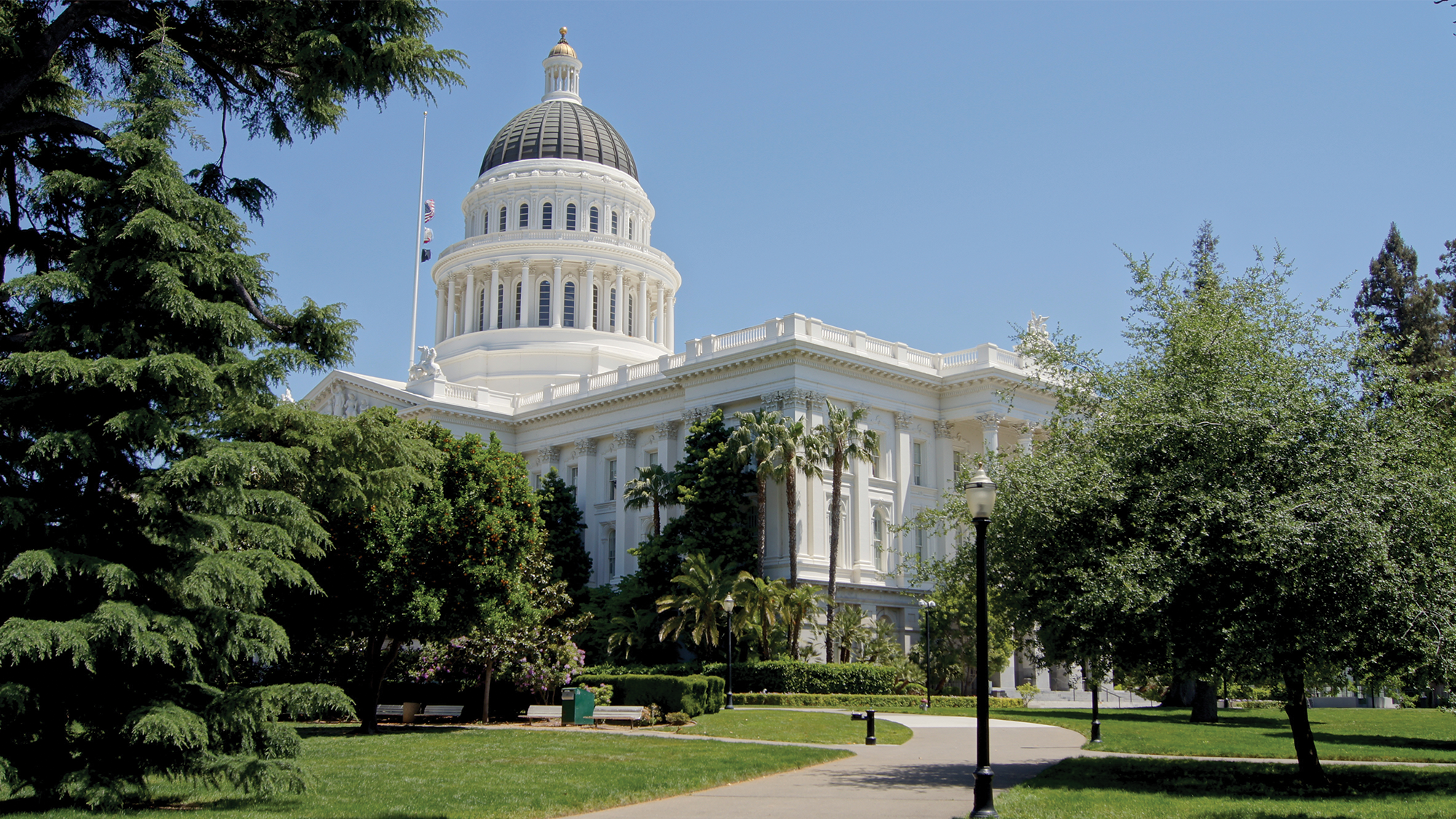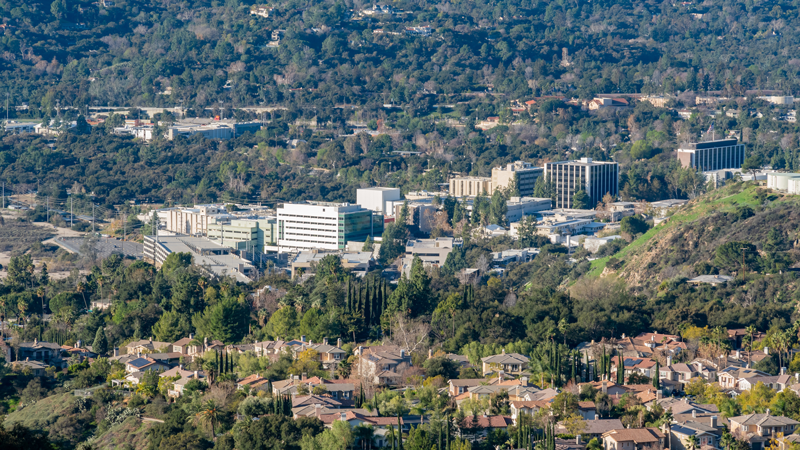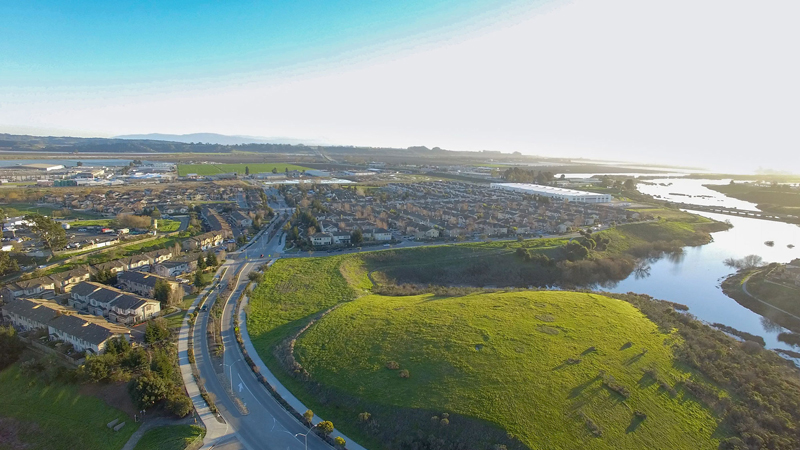8.9 minute read
November 09, 2021
This post is the third in a five-part series about biodiversity and Harris’ role in providing critical biodiversity data that serves our clients, science, and humankind. The first blog post can be found here.
In previous posts we discussed what diverse biodiversity actually is and what we can do to sustain it when there are so many people on the earth. We also explored the benefits of a greater, richer, biodiversity for human beings. In this post, we will dive into exactly why biodiversity is so important and why all those tiny plants and insects (like mosquitos, ugh) really matter.
Why is Biodiversity Important for Human Beings?
Biodiversity supports the health and well-being, food safety and security, and overall economic prosperity of human beings. It also provides cultural security and vibrancy, ensuring that we not only maintain our cultural differences but can pass them on to new generations.
As the world’s population grows, biodiversity must also grow, or at least not have a steep decline. A rich variety of organisms and ecosystems provides humans with shelter and medicines, clean water and air, food to eat, and climate regulation. To maintain the delicate balance that sustains all of that, we must avoid catastrophic losses of species and species numbers. We will explore this important subject further in the final two posts in this series.
The Importance of Many, Many Species
Ecosystems typically function mainly on the number of a given species, not on the number of species overall. The most copious species’ ecological attributes in any given ecosystem determines the ecosystem’s overall characteristics. This usually begins at the soil and plant level. For example, the type of nutrients (or lack thereof) and the composition of the soil in an ecosystem determines the plants that grow there. The dominant plant species then determines the species of insects, birds, and mammals et cetera, that live there. For example, in the Midwest and Northeast, the more white-tailed deer there are, the less resources there are for smaller mammals, birds, and other species. Higher deer numbers usually are a result of a lack of trophic cascading and the mismanagement of conservation and wildlife management programs.
We always want balance. In certain ways, having many individuals of a species of deer (like white-tailed deer) creates balance by providing food and cultural significance. However, too many deer can cause the loss of other species when the forest cannot provide enough food for all its inhabitants. Ultimately, balance means valuing and protecting all the species in the forest.
It is imperative that we understand balance means not only must we have many of a particular species, but we must have high numbers of many species. A multitude of species with solid population numbers is just as important if not more important, than just many of one. A key ecosystem’s balance was thrown disastrously off during last July’s heat wave when an estimated 1 billion sea creatures were lost. Millions of mussels and clams alone were killed. This was an ecological catastrophe with broad ramifications. A single mussel filters up to six gallons of water a day—so a million mussels filter six million gallons of water each day. This matters not only for human beings, but also for the plants that live in the water and the animals that feed on those plants and mussels. We cannot afford to lose a million mussels. Even if there are six million more, we need millions and millions.
What About Insects?
We often view mosquitos as the bane of our existence rather than an integral part of nature and society. They are a vector species, meaning they transmit diseases like Chikungunya dengue, yellow fever, Zika, malaria, West Nile virus, and Japanese encephalitis. The mosquito species that carry these diseases are responsible for killing more humans than all of the wars in history combined. But we must take the good with the bad—and the fact is, mosquitos are at the core of the food chain and play an essential role in many ecosystems.
Many animals rely on mosquitos, their eggs, and larvae as sources of food. Mosquitos also compost: Larvae in pools of water eat algae, parasites, fungi, and other microorganisms, and when they defecate, the nutrients in their excrement dissolve in water and are absorbed by plant roots. Plants use these nutrients for growth and health. Mosquitos also provided the world with a multi-billion dollar industry—pest removal! Mosquitos’ leg and wing movements and wind speed are being studied by top engineers who are looking to improve drone technology. And only a few species of adult female mosquitos feed on blood. Most other species and males of those species are pollinators and feed on nectar. There are also mosquitos who eat other mosquitos and ones that drive caribou herds on the Arctic tundra to other locations in an effort to avoid their annoying bites. The areas now left alone by the caribou are then available for new plant life to grow for another season.
And although bees can hold the same level of “pest” in our mind as mosquitos do, bees are still an essential species—they pollinate over 130,000 species of plants, including crops like pumpkins, oranges, nut trees, and raspberries, to name a few. In fact, in terms of human nutrition, bees are more important than any other one species or type of food. If we have fewer bees, either in terms of sheer numbers or in terms of species diversity, fewer plants are pollinated. And it becomes a vicious cycle—when fewer plants are pollinated, there is less food for bees. Less bees, less plants, less food. Mosquitos and bees are just two examples of “pests” that are actually critical for the overall health of the ecosystem.
We have to remember that as “pesky” as we feel these creatures (and others) are, we need them because we ourselves cannot exist without biodiversity. We rely on biodiversity for food, medicines, shelter, and maintaining the climate. Since time immemorial, products derived or occurring in nature have been the foundation of traditional medicines and healing systems all over the world. They are essential to our culture and history.
Nature provides infinite resources for drug development, as it is the creator of inexhaustible arrangements of molecular structures. A 2008 report published by the Center for Biological Diversity found that 118 of the top 150 prescription drugs in the US are based on natural sources. One drug, derived from a plant species native to Madagascar, increases a child’s chance of surviving leukemia by 95%. The alkaloids contained in Madagascar’s rosy periwinkle are used in these medications that treat leukemia. Other cancers like lung, ovarian, and breast cancer are treated by drugs that include compounds from plants including Pacific yew (Taxus brevifolia). As the 21st Century arose, 11% of the 252 drugs considered basic and essential by the World Health Organization were derived exclusively from flowering plants. And there’s nothing new about this: Indigenous peoples in the United States have used willow (Salix sp.) bark for thousands of years to treat pain. In 1826, Merck appropriated this knowledge to form a semi-synthetic pure drug aspirin based on salicin isolated from white willow (Salix alba). Bayer introduced this product as aspirin to the drug market in 1899.
So, you may wonder, what about rattlesnakes and other venomous snakes? They terrify people, and rightfully so—they can kill if the wrong situation happens. But did you know that timber rattlesnakes remove 2,500-4,500 ticks a year from their environment? That means an overall lower percentage of ticks carrying Lyme disease and other illnesses than can devastate human lives. Some breast cancer treatments come from southern copperhead venom and neurotoxins isolated from pit viper venom are used in Parkinson’s, Alzheimer’s, and Multiple Sclerosis treatments as well as other pain management techniques. We need to understand the importance of species as they are and where they are before we alter their environment and ultimately lose them.
Introducing or Removing Organisms can Alter Ecosystems
All species are deeply connected—we rely on one another to survive. Although those connections may not be immediately apparent, it’s still important to protect biodiversity so we don’t lose any critical links in our chain. If one piece of the biodiversity chain disappears, others may disappear or be harmed as a result.
Imagine the consequences of the following: We no longer engage in sustainable forestry practices or conduct controlled burns. Or we introduce non-native species that inhibit the growth of new trees as older trees die, resulting in a mass-loss of tree species over time. Or we replace one species with another not typically found in that environment in large numbers. When we lose the numbers of trees, we decrease the ability of the forest to sequester carbon from the atmosphere which results in a degradation of soil and water quality.
If we replace all of the native trees, we completely change the ecosystem, causing a cascading effect of mass species loss. We lose those characteristics that make an ecosystem what it is, and therefore we lose its purpose. If we replace riparian and wetlands species with non-riparian and non-wetland species, we will also lose the water. These species provide key services to the earth, its animals and plants, and ultimately to us. Each species lost to extinction means the loss of life-saving cures and medicines. What would happen if Madagascar’s rosy periwinkle became extinct? We need to consider how destroying our ecosystem harms all life on our planet.
Do you know which species that you need to consider on your project, parking space, or other property? Harris can help! Our highly skilled and experience biologists and botanists can assist in identifying the amount and kind of species on your property. To learn more, contact Harris Project Manager Emily Mastrelli!
Authors
Source
Harris & Associates
Markets
Municipal
Water
Transportation
Services
Environmental Planning + Compliance
Categories
Biological Resources
Biological Studies
